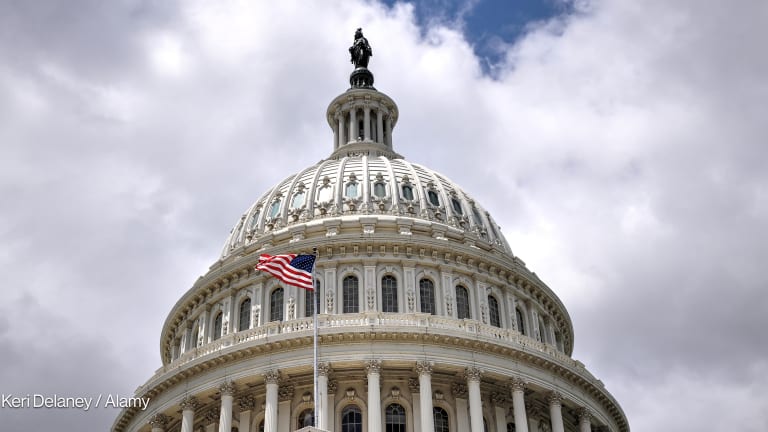
WASHINGTON — The Overseas Private Investment Corporation’s women’s initiative is a key tool in helping the development finance institution provide a development alternative to Chinese investments, OPIC CEO Ray Washburne said Wednesday.
Government leaders from countries around the world have told Washburne they are interested in mobilizing more investment for women-owned businesses, he said. OPIC’s gender lens and investing strategy contrast with the Chinese Belt and Road initiative that doesn’t allow countries to generate their own jobs, while for OPIC that was the primary goal, Washburne said.
“We’re more interested in creating jobs in those economies to stabilize those economies,” he told reporters at a roundtable discussion.
“Women-owned businesses is primarily where that happens, because if someone starts a business and they employ two or three people, you multiply that out, it’s a much greater stabilizing effect than going in and building a road with your own Chinese workers and taking them back home and you’re just stuck with a road.”
2X: OPIC launches a new women's initiative
On March 8, OPIC launched 2X, its new global women's initiative. Here's what you need to know about the $350 million commitment that aims to catalyze $1 billion in private capital investments in women.
OPIC’s 2X Women’s Initiative was announced in March as a way to mobilize $1 billion in financing for projects that support women. OPIC is directly investing $350 million into projects that will help expand access to loans for women-owned businesses. Two are currently active in India, and there is also a project in Mongolia. At the G-7 meeting in June, those nations joined the U.S. in committing funds to 2X for a total of $3 billion to be mobilized by 2020.
According to OPIC, women have a $325 billion shortfall in access to credit, and closing the gender gap could boost global gross domestic product by $28 trillion by 2025.
‘We’re giving that lens across our entire portfolio, whereas the Chinese don’t have that gender look at it like we do,” Washburne said. “The Chinese aren’t interested in that kind of thing. They’re interested in big heavy, industrial mines and things like that.”
With its focus on mobilizing more investment for women-owned businesses, the OPIC model is an attractive option to many country leaders he’s met with, Washburne said.
“They haven’t been able to get money to women-owned businesses because the banks wouldn’t do it,” Washburne said. “But we’re kind of forcing that onto them by making that requirement.”
OPIC will have more capital to invest in such initiatives if the Better Utilization of Investment Leading to Development Act passes the U.S. Congress. The BUILD Act, which would create a new agency that would combine OPIC and the U.S. Agency for International Development’s Development Credit Authority, would have a cap of $60 billion.
The BUILD ACT was passed by the U.S. House of Representatives in July. It has moved out of the Senate Committee on Foreign Relations but has not yet come up for a vote on the Senate floor.
Washburne said the bill could also be wrapped into a continuing resolution if it doesn’t get scheduled for a floor vote amidst a busy fall Senate calendar.
“I feel very confident we’ll get passed there,” Washburne said. “We have the votes.”








